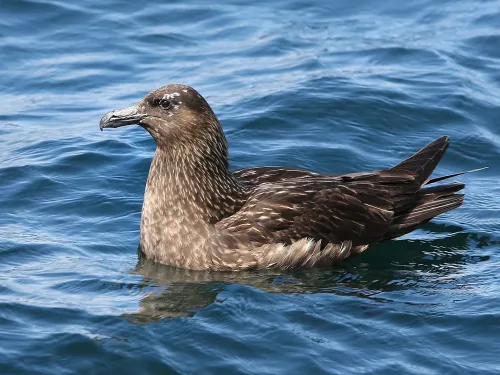
Great skua
A fierce pirate of the sea, the great skua is renowned for stealing fish from other seabirds and dive-bombing anyone that comes near its nests. It breeds on the Scottish Isles.
Want to learn more about wildlife near you? You're in the right place, search below and discover the nature you can help protect in Kent.

A fierce pirate of the sea, the great skua is renowned for stealing fish from other seabirds and dive-bombing anyone that comes near its nests. It breeds on the Scottish Isles.
Despite its name, the great spider crab is actually smaller than the more common European spider crab.
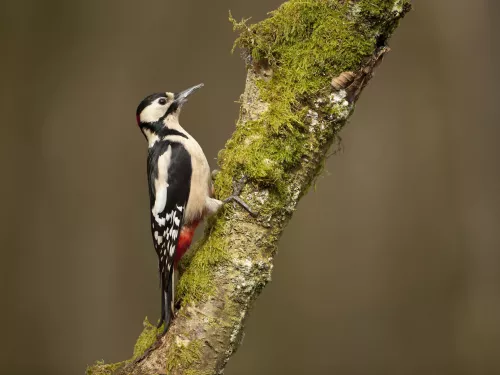
The 'drumming' of a great spotted woodpecker is a familiar sound of our woodlands, parks and gardens. It is a form of communication and is mostly used to mark territories and to display in spring.
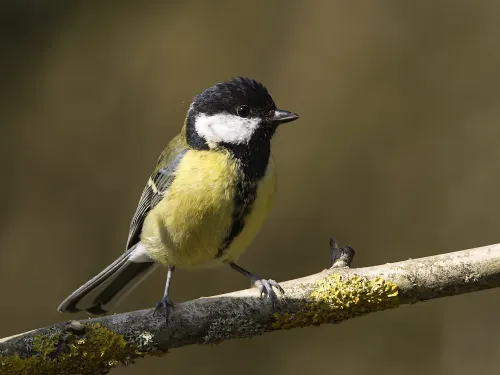
A familiar garden bird, the great tit can be seen around bird tables and feeders, as well as in woodlands and parks. Listen out for its shrill song that sounds just like a bicycle pump being used!
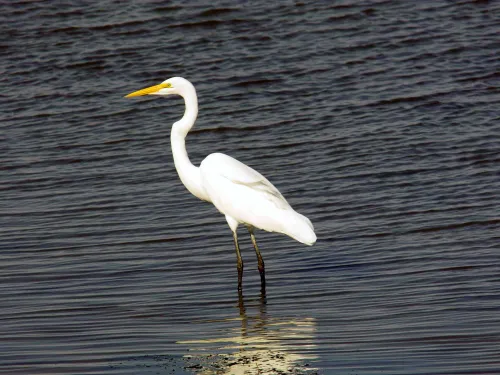
As the name suggests, this tall, white heron is considerably larger than the similar little egret. Once a rare visitor to the UK, sightings have become more common over the last few decades, with several pairs now breeding.
A tall and hairy plant, Great willowherb displays pretty pink-and-cream flowers. It can be found in damp places, such as wet grasslands, ditches and riversides.
Greater burdock is familiar to us as the sticky plant that children delight in, frequently throwing the burs at each other. It actually uses these hooked seed heads to help disperse its seeds.
The Greater butterfly-orchid is a tall orchid of hay meadows, grasslands and ancient woodlands. It has whitish-green flowers that have spreading petals and sepals - a bit like the wings of a butterfly.
Greater celandine is a very common plant that spreads easily in the garden, on waste ground and in hedgerows. It is considered a weed, but the small, yellow flowers provide nectar for insects.
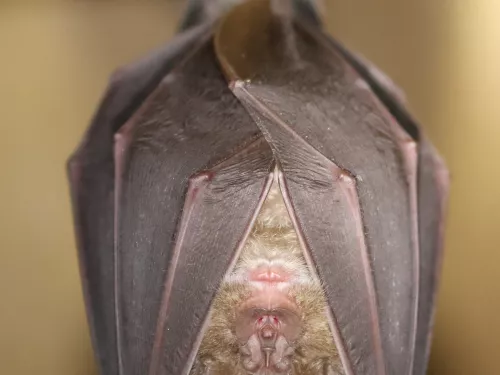
The greater horseshoe bat was once a cave-dweller, but now tends to roost in old buildings, such as churches and barns. It is rare in the UK and, like many other bats, declining in number.
The ragged-edged, purple flower heads of Greater knapweed bloom on sunny chalk grasslands and clifftops, and along woodland rides. They attract clouds of butterflies.
Pushing its way up through the cracks in pavements, the straw-coloured flower spikes of greater plantain or 'broadleaf plantain' are a familiar sight. This 'weed' also pops up in lawns, on roadsides and along field edges.